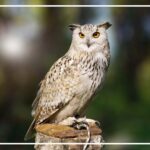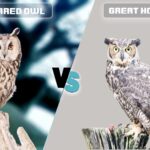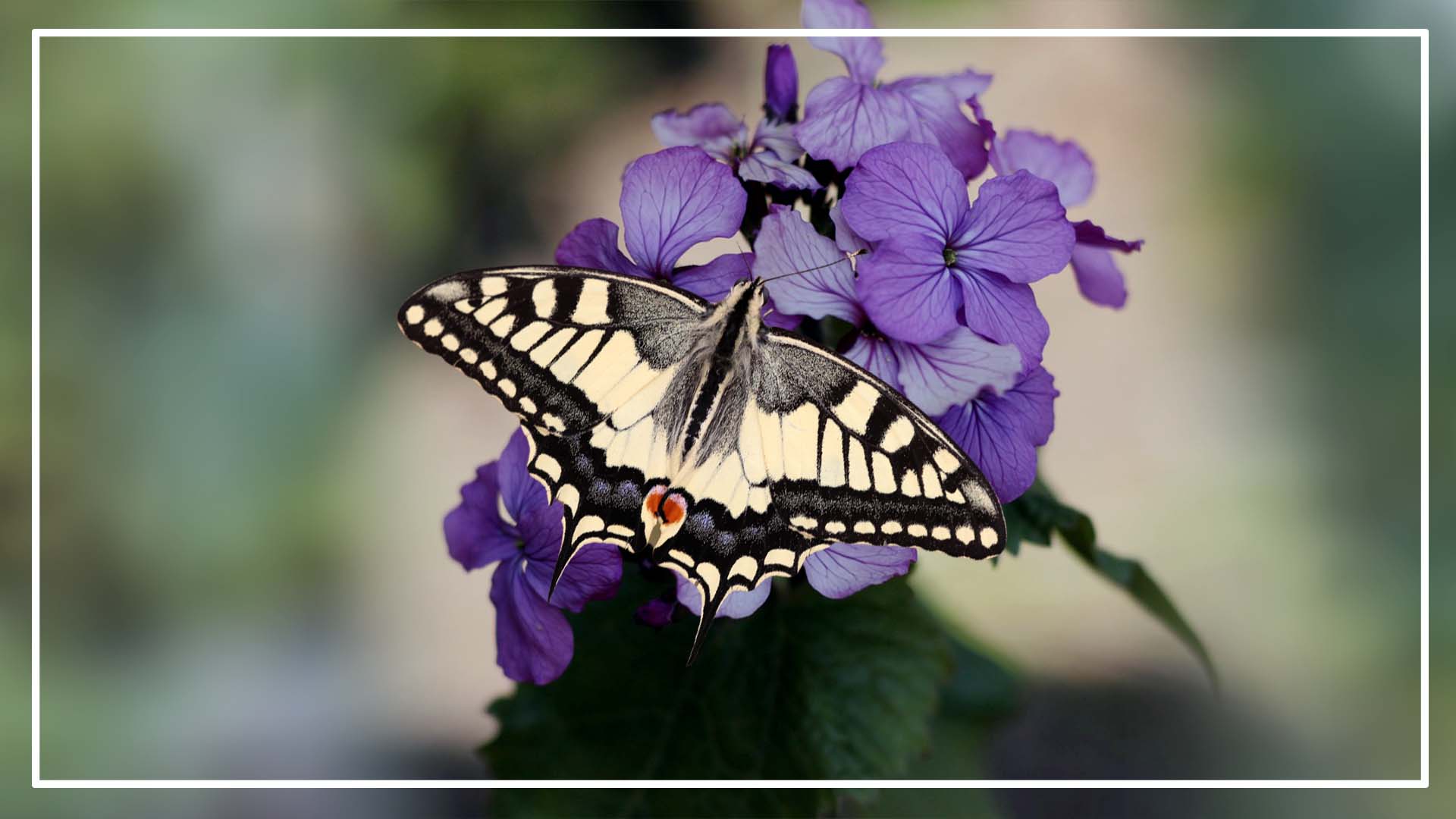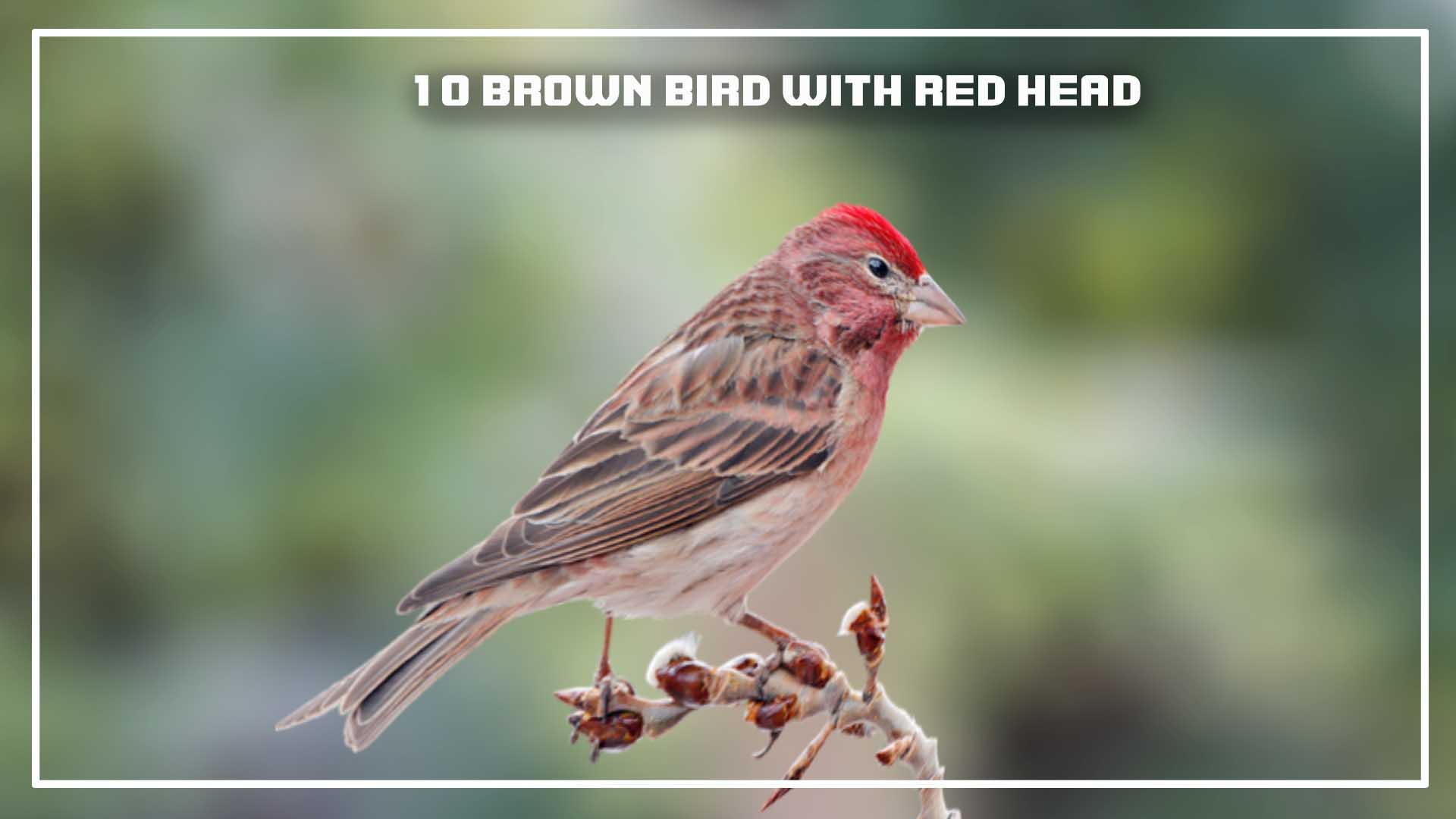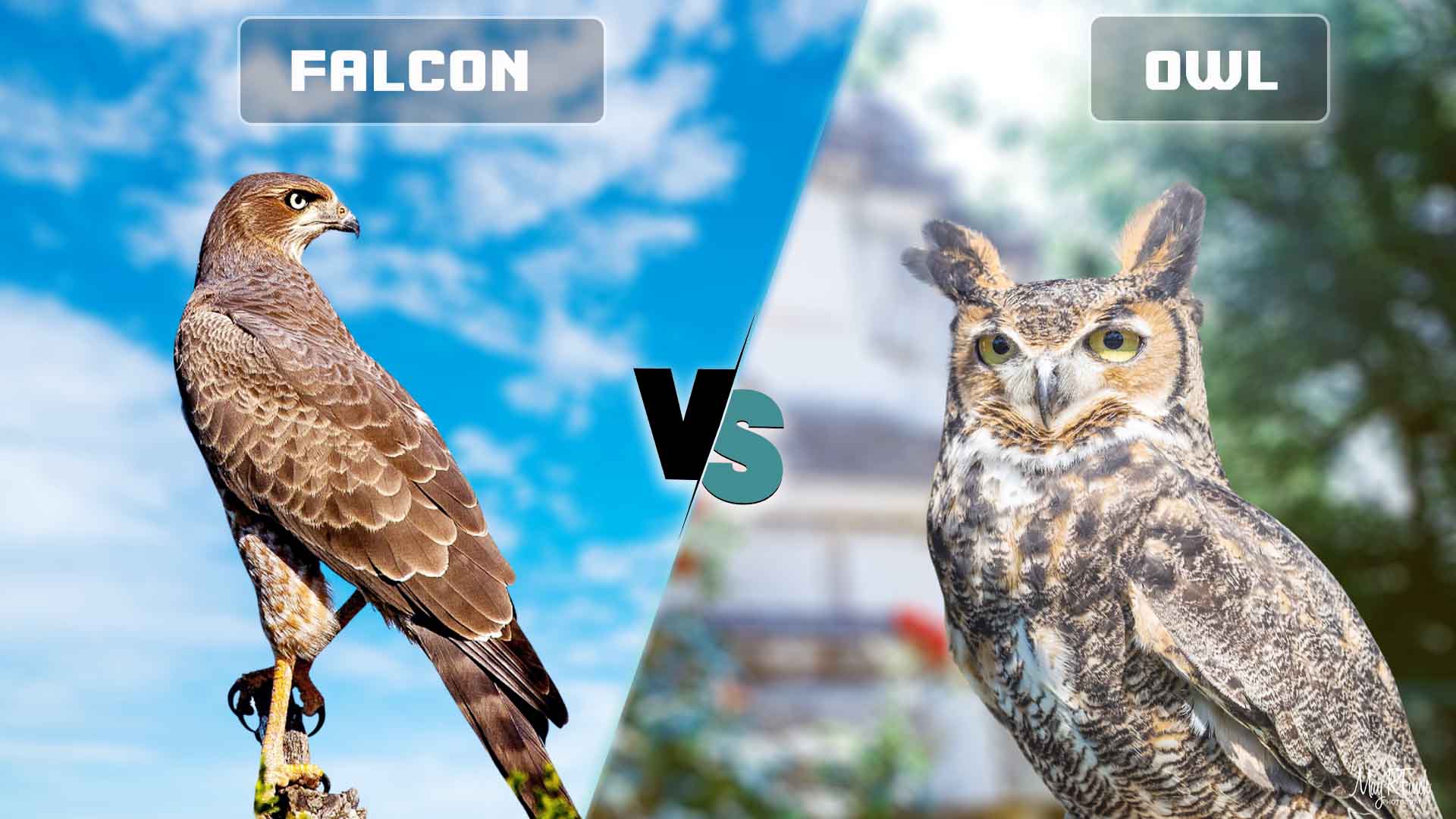Brewer’s blackbird and grackle are two species of birds commonly found in North America. It is important to distinguish between the two birds because they share some physical similarities, but have distinct behaviors, habitats, and ranges. Identifying them correctly can aid in birdwatching, conservation efforts, and scientific research.
The purpose of this article is to provide a detailed comparison of Brewer’s blackbird and grackle, including their physical characteristics, behavior, habitat, and conservation status. By the end of the article, readers should have a better understanding of the similarities and differences between these two birds.
Differences Between Brewer’s Blackbird and Grackle.
There are differences between Brewer’s blackbird and grackle, including physical size, bill shape, plumage, eye color, habitat, range, and breeding behavior. Understanding these differences can help birdwatchers, researchers, and conservationists identify and study these two unique species.
Here are 7 key differences between Brewer’s Blackbird and Grackle:
| Criteria | Brewer’s Blackbird | Grackle |
| Physical size | Smaller (7-10 in) | Larger (11-13 in) |
| Bill shape | Straight | Slightly curved |
| Plumage | Mostly black | Iridescent black |
| Eye color | Yellow | Yellow |
| Habitat | Open grasslands | Urban and suburban areas |
| Range | Western North America | Eastern North America |
| Breeding behavior | Monogamous | Polygynous |
Note: These are general differences between the two species, and there may be individual variation within each species. You may also be interested to know about the Difference Between Crow And Ravens.
Brewer’s Blackbird
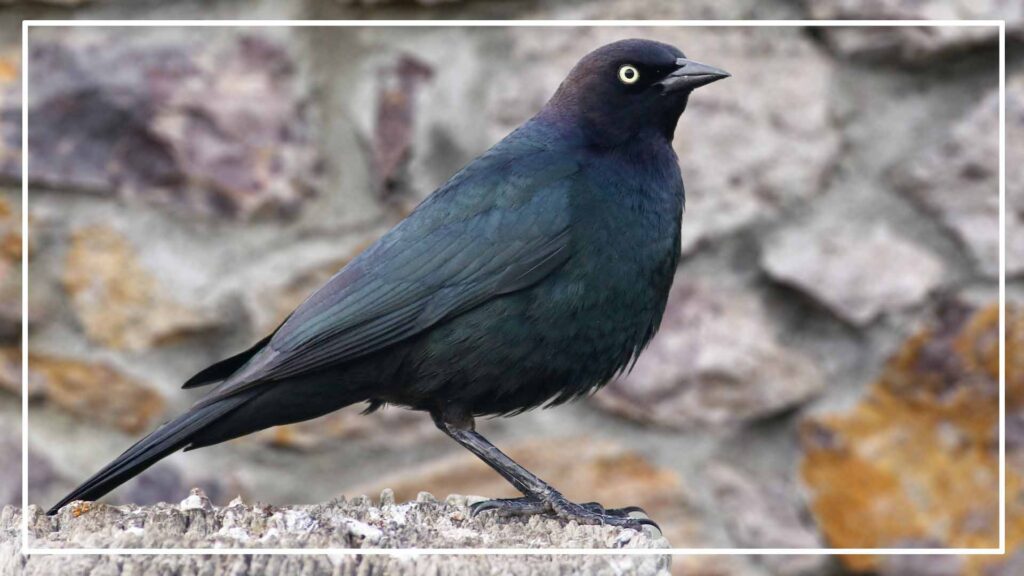
Physical characteristics:
- Brewer’s blackbirds are medium-sized birds, typically 7-10 inches in length.
- They have a stocky build, with a relatively short tail and wings.
- Males have black plumage with a purplish-blue iridescence on the head and neck.
- Females have a brownish-black plumage with a paler throat and breast.
- Both males and females have yellow eyes and a straight, pointed bill.
Habitat and range: Brewer’s blackbirds are found in open grasslands, agricultural fields, and marshy areas in western North America, from Alaska to Mexico. They also inhabit urban areas and are commonly found near human settlements.
Feeding behavior: Brewer’s blackbirds are omnivorous and feed on a variety of insects, seeds, and fruit. They often forage on the ground in flocks, using their bills to flip over leaves and debris to uncover food.
Breeding behavior: Brewer’s blackbirds are monogamous, and pairs often mate for multiple breeding seasons. Breeding typically occurs between March and August.
Females build a cup-shaped nest made of grass and twigs in shrubs or trees. The female lays 2-6 eggs, which hatch after 12-13 days. Both parents care for and feed the young.
Conservation status: Brewer’s blackbirds are classified as a species of “Least Concern” by the International Union for Conservation of Nature (IUCN). However, their populations have declined in some areas due to habitat loss and fragmentation.
Grackle
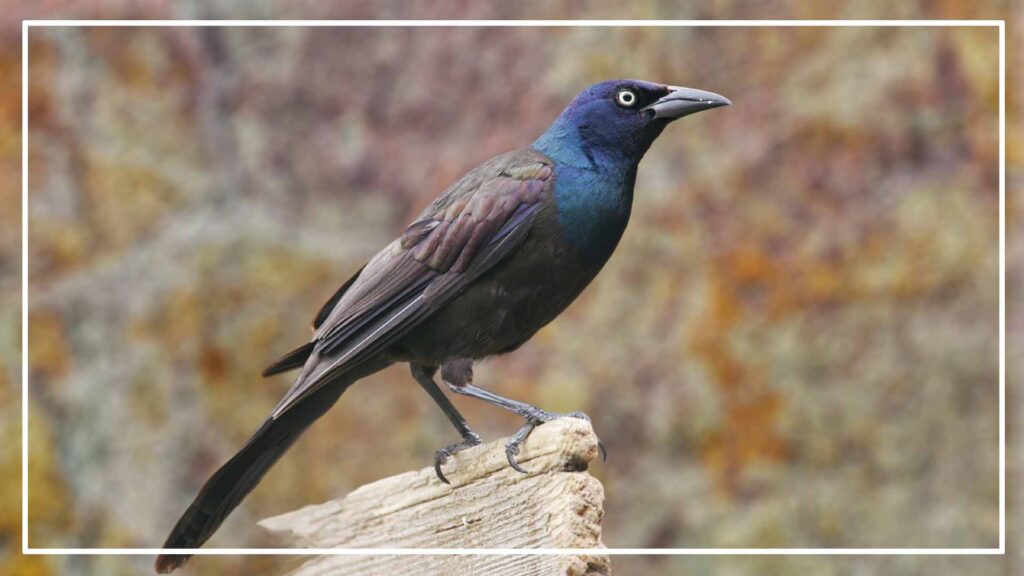
Physical characteristics: Grackles are larger than Brewer’s blackbirds, typically 11-13 inches in length.They have a long tail and wings, and a strong, curved bill.
Their plumage is iridescent black, with purple or green highlights. Males and females Grackle have yellow eyes and black beaks.
Habitat and range: Grackles are found in urban and suburban areas, as well as wetlands and agricultural fields in eastern North America, from southern Canada to the Gulf of Mexico.
Feeding behavior: Grackles are omnivorous and feed on a variety of insects, seeds, fruit, and small animals. They often forage in flocks on the ground or in trees, using their strong bills to crack open seeds and nuts.
Breeding behavior: Grackles are polygynous, and males often mate with multiple females during the breeding season. Breeding typically occurs between March and July.
Females build a nest made of twigs, grass, and mud in trees or shrubs. The female lays 3-5 eggs, which hatch after 12-14 days.Both parents care for and feed the young.
Similarities Between Brewer’s Blackbird and Grackle
Brewer’s blackbirds and grackles are both medium-sized black birds found in North America. While there are several key differences between the two species, there are also some similarities. Here is a table outlining some of the similarities between Brewer’s blackbirds and grackles:
| Similarities | Brewer’s Blackbird | Grackle |
| Coloration | Both birds have black plumage with iridescent highlights | Both birds have black plumage with iridescent highlights |
| Feeding behavior | Both birds are omnivorous and feed on a variety of insects, seeds, and fruit | Both birds are omnivorous and feed on a variety of insects, seeds, fruit, and small animals |
| Breeding season | Both birds breed during the spring and summer months | Both birds breed during the spring and summer months |
| Conservation status | Both birds are classified as species of “Least Concern” by the International Union for Conservation of Nature (IUCN) | Both birds are classified as species of “Least Concern” by the IUCN |
While there are some similarities between the two species, it’s important to note that there are also key differences, such as habitat and range, breeding behavior, and physical characteristics, that can help distinguish between the two birds.
FAQ
Is a Blackbird A Crow or Grackle?
A blackbird is neither a crow nor a grackle, although they may look similar to these species at first glance due to their black plumage. Blackbirds are a separate family of birds known as Icterids, which also includes grackles, orioles, meadowlarks, and other similar species.
While crows and blackbirds may be similar in size and color, they belong to different families of birds, with crows belonging to the family Corvidae.
Is a Starling The Same As a Grackle?
No, a starling is not the same as a grackle, although they may look similar to each other due to their iridescent black plumage. Starlings belong to the family Sturnidae, while grackles belong to the family Icteridae.
While both species are black and iridescent, grackles tend to have longer tails and larger bodies compared to starlings. Additionally, grackles have a more pronounced keel-shaped tail while starlings have a shorter and more squared tail. They also have different behaviors and vocalizations.
What is a black bird that looks like a grackle?
There are several black birds that may look similar to grackles, including Brewer’s blackbirds, common blackbirds, and European starlings.
These birds have black plumage with iridescent highlights, similar to grackles, but may have slightly different physical characteristics, behaviors, and habitats that can help distinguish them from each other.
What birds are similar to grackles?
There are several birds that are similar in appearance to grackles, including:
- Brewer’s blackbirds
- Common blackbirds
- European starlings
- Red-winged blackbirds
- Brown-headed cowbirds
- Rusty blackbirds
- Yellow-headed blackbirds
These birds all have black plumage with iridescent highlights, and may have similar body shapes and sizes. However, they may have different physical characteristics, behaviors, and habitats that can help distinguish them from each other.
Conclusion:
There are several key differences that can help distinguish between the two species. Brewer’s blackbirds have a shorter tail and a more rounded head, and are typically found in open habitats such as fields and meadows, while grackles have a longer tail and a more pointed head, and are typically found in wooded habitats and urban areas.
Additionally, grackles have a more varied diet, including small animals such as insects and amphibians, while Brewer’s blackbirds mainly feed on seeds and insects. Finally, Brewer’s blackbirds are classified as a species of “Least Concern” by the International Union for Conservation of Nature (IUCN), while grackles have a declining population and are classified as a species of “Least Concern” with a decreasing population trend.
Understanding these differences can help birdwatchers and nature enthusiasts identify and appreciate these unique species.




